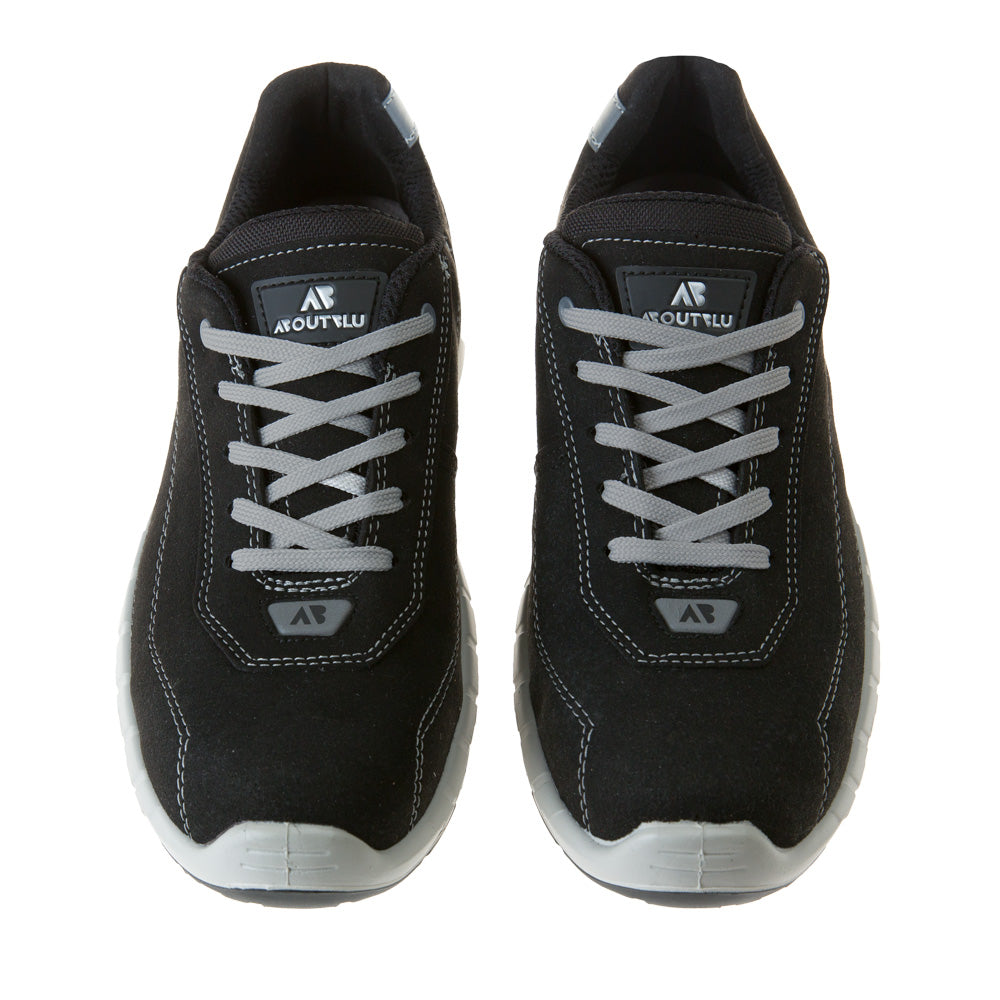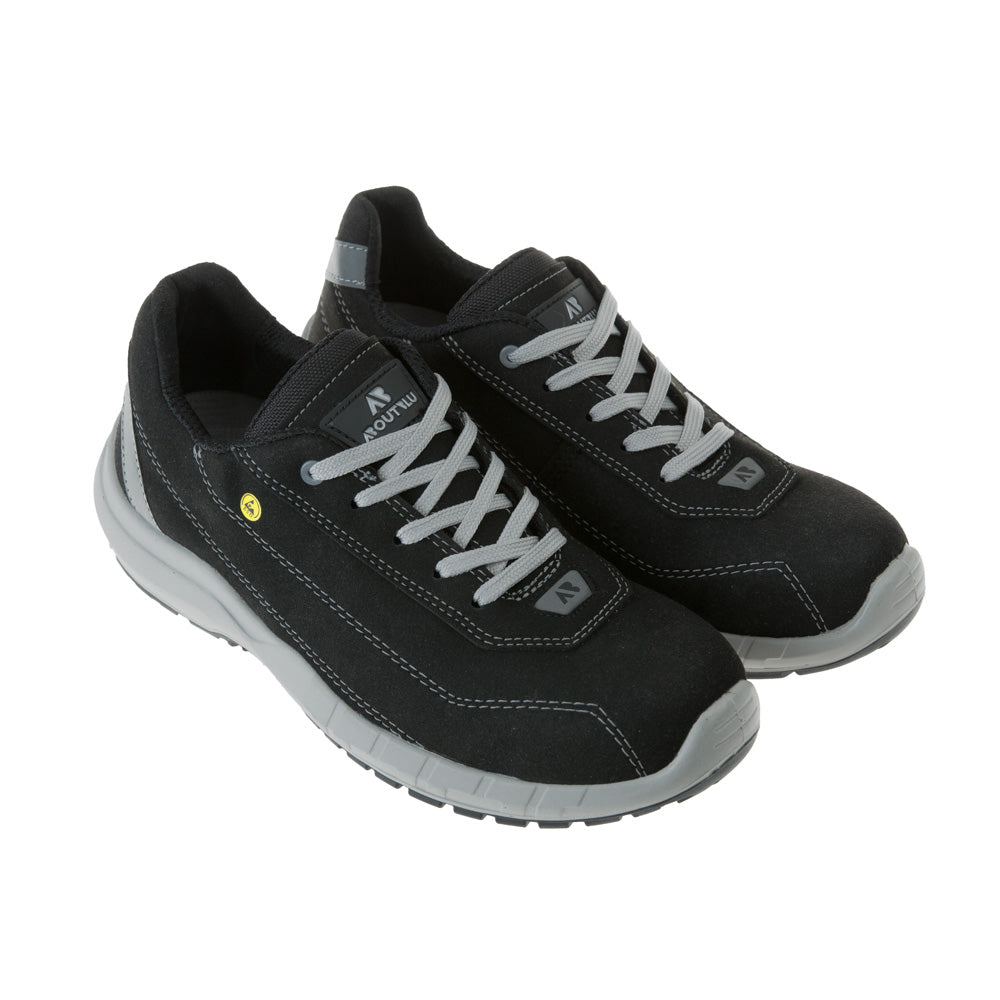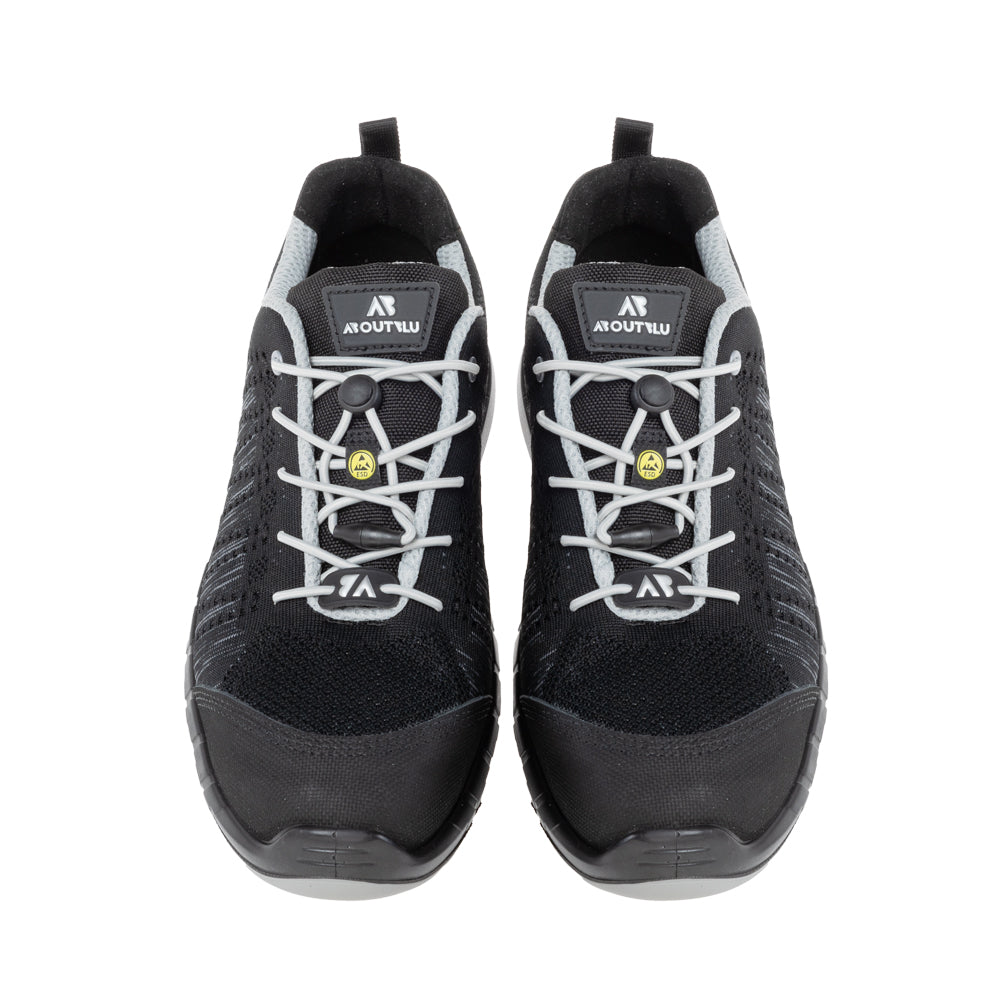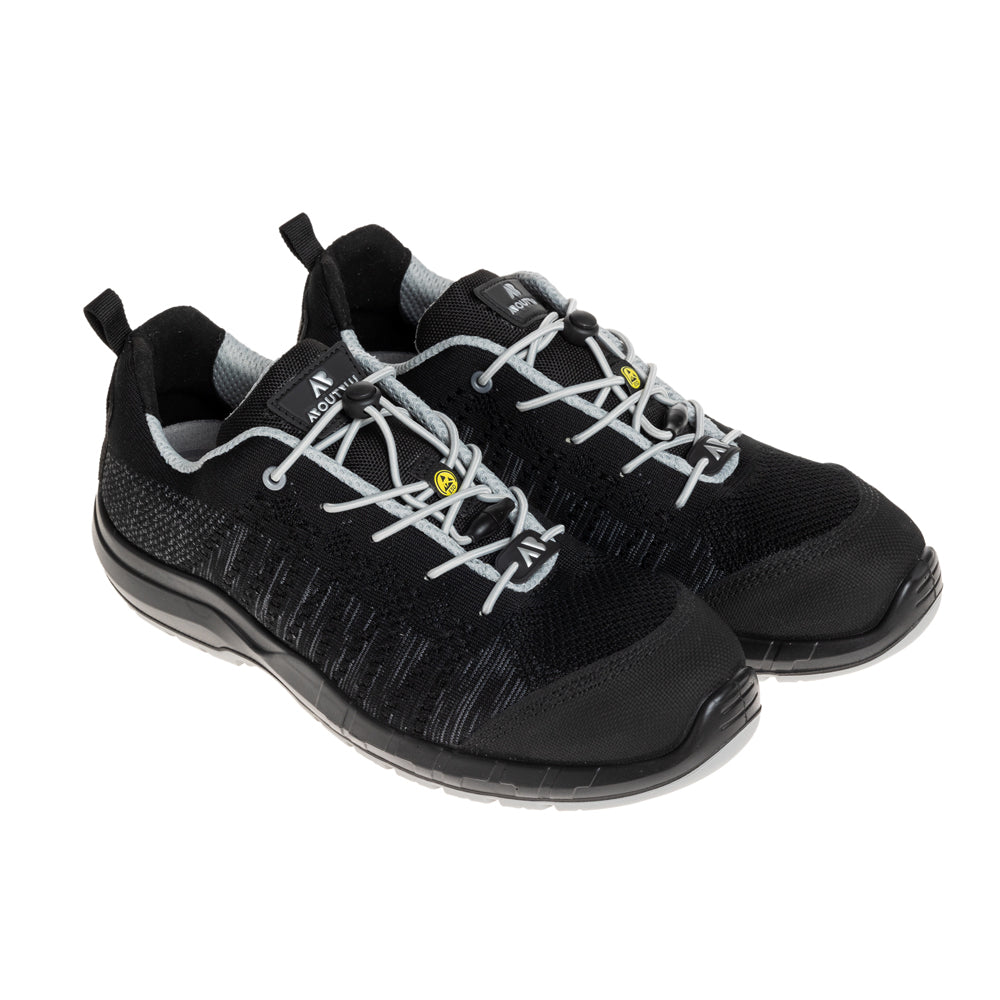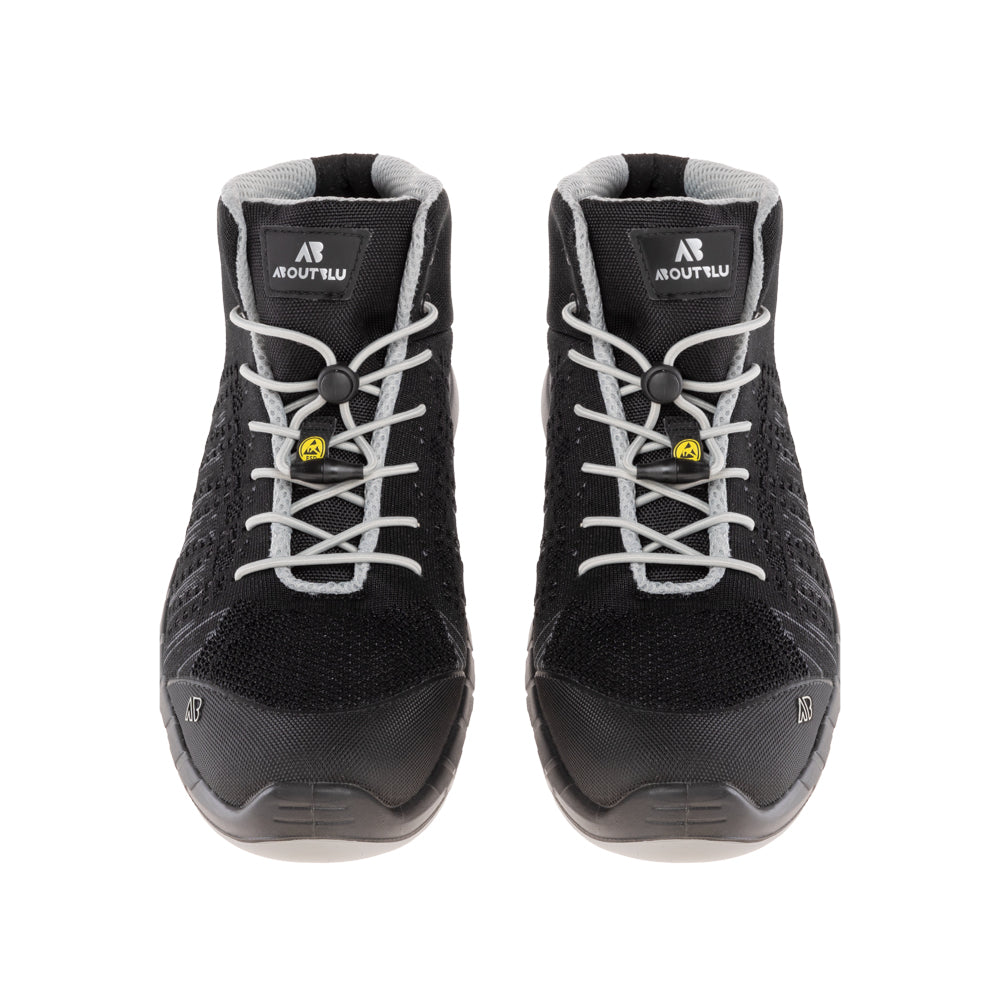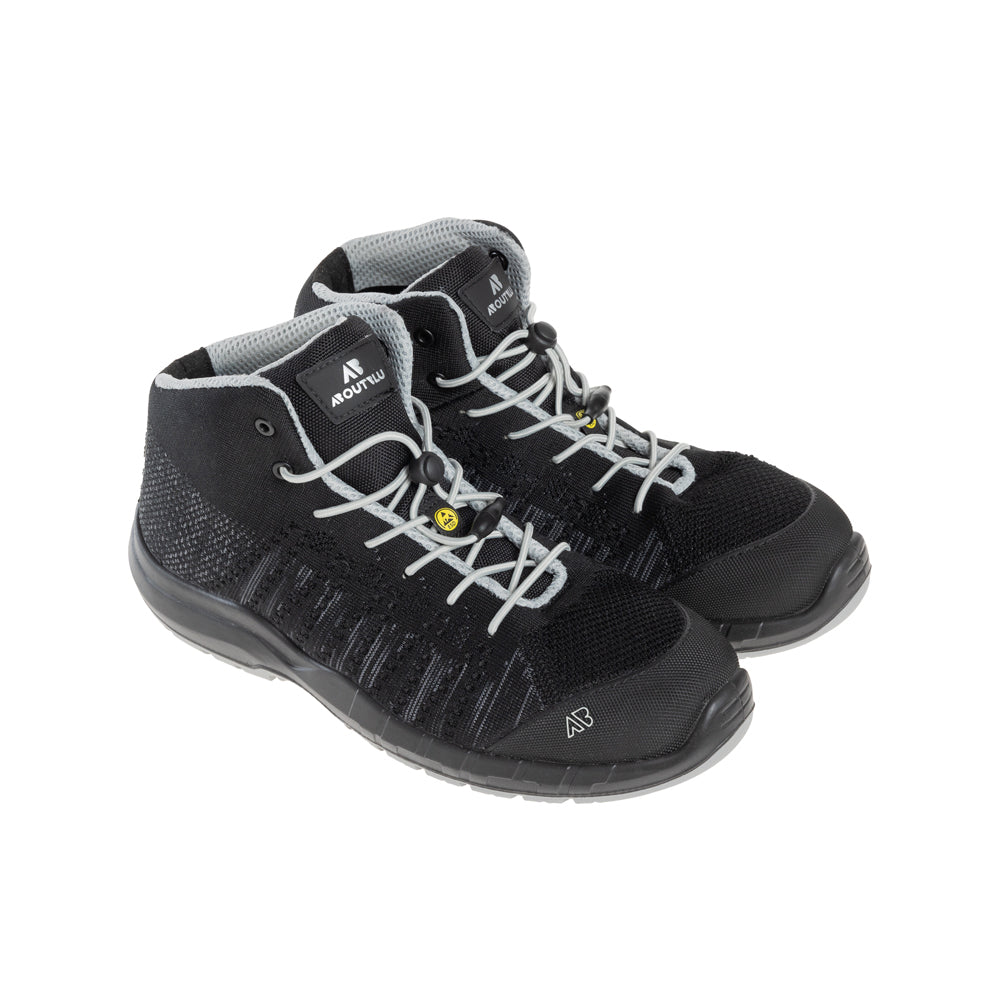Open any workshop at half seven and you can taste the day. A sharp tang of cut steel. The whisper of a welder warming up. Someone checks a hose, pats a pocket for their specs, and shrugs into a jacket that has seen a few scorch marks and lived to tell the tale. That jacket is either doing its job or pretending. There is not much in between. If you came here searching for flame resistant workwear and you want a clear, practical way to choose, care and replace kit, this is your map.
We will keep it simple. Start with the risk. Match the fabric. Fit it so people actually wear it. Wash in a way that preserves protection. Inspect without fuss. Replace on a rule, not a hunch.
Start with risk then pick the fabric
Every job throws a different kind of heat at you. Sparks and spatter from grinding and welding. Brief contact with hot surfaces. Short, intense energy from electrical work. Occasional splash from chemicals or fuels. Write that list for your site and you will already be halfway to the right selection.
Two big families of flame resistant textiles do most of the heavy lifting.
Inherent fabrics
The protection is built into the fibre itself, so the performance does not wash out. These blends are stable over the life of the garment and shine when you expect frequent laundering or long service. They tend to sit lighter on the body for the same protection, which helps with compliance because comfort keeps jackets on shoulders.
Treated fabrics
Here the base cloth is finished to resist ignition and limit flame spread. Modern chemistry is better than it used to be, and treated cotton rich options are popular for value and comfort. The catch is care. Harsh wash routines, high alkalinity and chlorine bleach can erode the finish. If you buy treated, you must buy the right wash routine at the same time.
If your work touches live electrics or switchgear, you are in arc territory. That needs garments with a declared arc performance rather than a generic flame label. If molten metal splash is part of the day, look for garments built for that task with extra coverage and closures that do not become hot points under load. Write the hazard on the order. It helps your supplier get specific.
Fit that people do not fight
A jacket that rides up leaves skin where sparks will land. Trousers that drag catch on ladders. Sleeves that flap become bellows for hot air. Fit is not fashion here. It is the difference between a close call and a nasty one.
Look for cuffs you can close. Collars that stand and protect the neck. Hem lengths that stay put in a crouch. Room for base layers in winter without turning the wearer into a sail. Think about pockets too. If they sit where spatter collects, choose designs with covered entries or zips that close firmly.
A quiet one that makes a real difference. Fastenings and trims. Plastic melts. Bare metal heats fast. Quality garments solve this with covered zips, tape that tolerates heat better, and stitching that does not vanish when the day gets lively. When you try samples, do not just look. Touch the details and ask yourself what will happen at the wrong moment.
Layering the safe way
Under layers count. That thin vest under a jacket is either helping or making things worse. Avoid meltable synthetics next to skin for hot work. Natural fibres or certified base layers are the safer habit. If you need high visibility on top of flame resistant kit, buy garments designed to do both jobs rather than forcing a bright vest over the top that will not tolerate sparks.
In cold weather, build warmth with layers that keep the protective shell comfortable rather than replacing it. People remove clothing when they overheat, and they will remove the wrong bit if the warmest item is the only one that is protective.
Care that preserves protection
Protection lives or dies in the wash. A few rules cover most of the pain points.
Warm wash rather than scalding unless the maker says otherwise.
Use a quality detergent at the correct dose. Keep pH in the range the care notes specify.
Avoid chlorine bleach and optical brighteners that play badly with finishes.
Do not use fabric softener. It coats fibres and can reduce protection.
Close zips and cuffs before the wash so they do not act like rasping tools in the drum.
Dry gently and stop when garments are dry. Overheating is a fast way to shorten life.
Never press directly over reflective trims if you use high visibility flame resistant garments.
If your plant uses an industrial laundry, give them the care sheet for the exact models you buy and get written confirmation that their process matches the requirement. If you wash in house, write the cycle and dose on a wall chart and keep one test garment as your control.
Repairs and retirement without debate
Small repairs are fine if they use compatible flame resistant fabrics, threads and patches, and if they do not steal critical area or cover. It is not a bodge job. It is a trained task. Anything bigger than a coin sized patch on a jacket front or the knee of trousers, and you are drifting towards a garment that has done its time.
Retire a garment when the fabric is thinned or glazed, seams open or stitching has burned away, closures fail to hold,or the protective label is unreadable.If you track wash counts for treated options, call time at the declared limit even if the cloth looks fine in daylight. That number exists for a reason.
Keep one retired jacket and one pair of trousers as permanent teaching pieces in the cabin. People learn fast when they can see and touch what failure looks like.
A buying checklist
Write your spec as if you are talking to a colleague across a bench. Clear beats clever when the trolley is waiting.
-
State the hazard you are protecting against in plain words. Hot work with heavy spatter. Brief contact heat. Electrical arc.
-
Choose inherent or treated based on expected wash intensity and service life.
-
Ask for test data that matches your hazard. Arc work needs arc performance values. Molten metal needs garments built for splash and radiant heat.
-
Specify colour and visibility needs. If you work near moving plant in poor light, build visibility into the same garment rather than layering incompatible kit.
-
Confirm sizes and cut for the team you actually have. Stock more than one fit. Comfort equals compliance.
-
Request the care sheet and declared wash life. File both where supervisors can reach them.
-
Order a few extras for training and for the sample rail. Decisions are easier when people can try the real thing.
Everyday habits that keep people safe
There is a rhythm to safe workwear, and it is not complicated.
-
Dress once and correctly for the task. No swapping a protective jacket for a hoodie when the day warms.
-
Close cuffs and collars before you start the job.
-
Keep garments buttoned or zipped when you use grinders or welders so spatter does not slide inside.
-
Stow lanyards and cords. Anything that dangles collects sparks and transfers heat where you do not want it.
-
If a garment is soaked in fuel or solvent, change it. Do not wait for the smell to fade.
-
Wash at the end of the shift. Dirt and oil hide damage and shorten life.
Role based kits that actually work
Different crews need different mixes. Here is a simple way to build a rail that fits real tasks.
Welding and cutting
Jackets with stout fronts and stand collars. Sleeves that cinch. Trousers without cuffs where hot bits can sit. Gloves matched to heat and dexterity. If you sit at a bench, add an apron that covers the lap. Keep a spare set of sleeves for visitors or quick jobs.
Electrical work and switchrooms
Garments with declared arc performance. Close fit without being tight. Non conductive fastenings where possible, and attention to coverage at the neck and wrist. Keep a set of garments in sealed bags for rapid deployment so the right kit is always clean and ready.
Maintenance teams and mixed duties
Lighter weight options that still resist brief contact heat and scattered sparks. Build visibility into the same garments if vehicles weave through your day. Put comfort high on the list so jackets stay on during low intensity tasks.
Oil and plant rooms
Clothing that resists ignition and shrugs off small hot spots, with a cut that lets people climb ladders and crouch at valves. Quick release closures help when you need a fast escape from a snag. Keep spare layers so no one swaps out the protective shell when the temperature rises.
Training that takes ten minutes not an afternoon
People use what they understand. Run a simple start of week talk by the rail.
Show how to check cuffs, collars and hems.
Explain why under layers matter and what to avoid.
Demonstrate the wash routine using your wall chart.
Hold up a retired garment and a new one and ask the team to spot the differences.
Finish with a one minute dressing drill for the messiest job you do. It sounds silly. It sticks.
Records and reality
Keep it boring and short. A single page for each garment family with date of issue, size, wearer, and replacement date. A tick against weekly inspection. A note when a repair happens. When someone asks a hard question after a near miss, you will have answers without trawling through emails.
Before you hang the jacket back up
End of shift and the room has that quiet hum only a workshop knows. You brush a scatter of spatter from a sleeve, check a cuff, and put the jacket on its hook. No speeches. Just a small set of habits that keep the next job from turning into a story. Choose the right flame resistant workwear for the job. Fit it so it stays put. Wash it so it keeps its promise. Replace it when it has earned its rest. Do that and the rail by the door will always say the same thing at first light. Ready. Safe. Yours.





